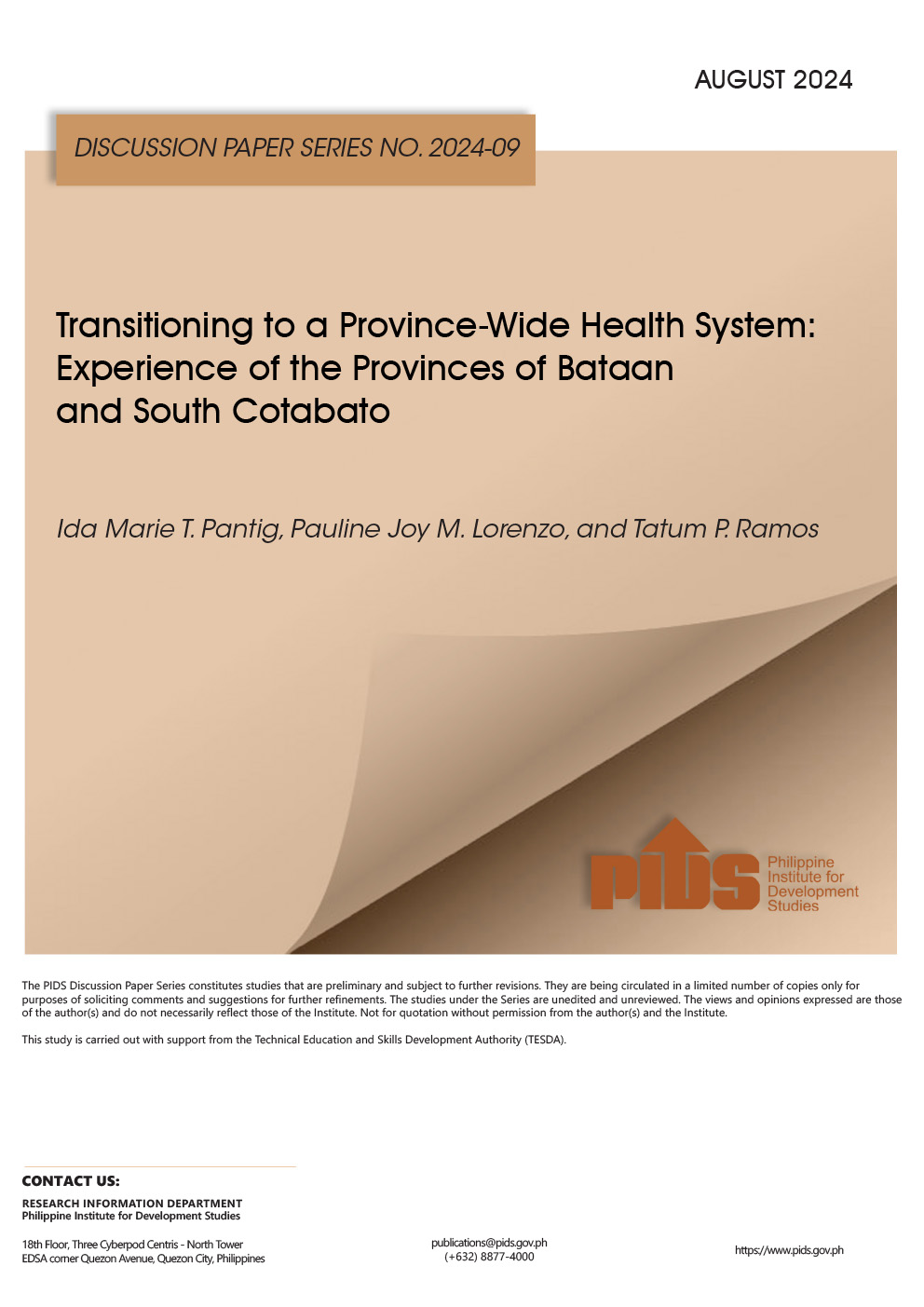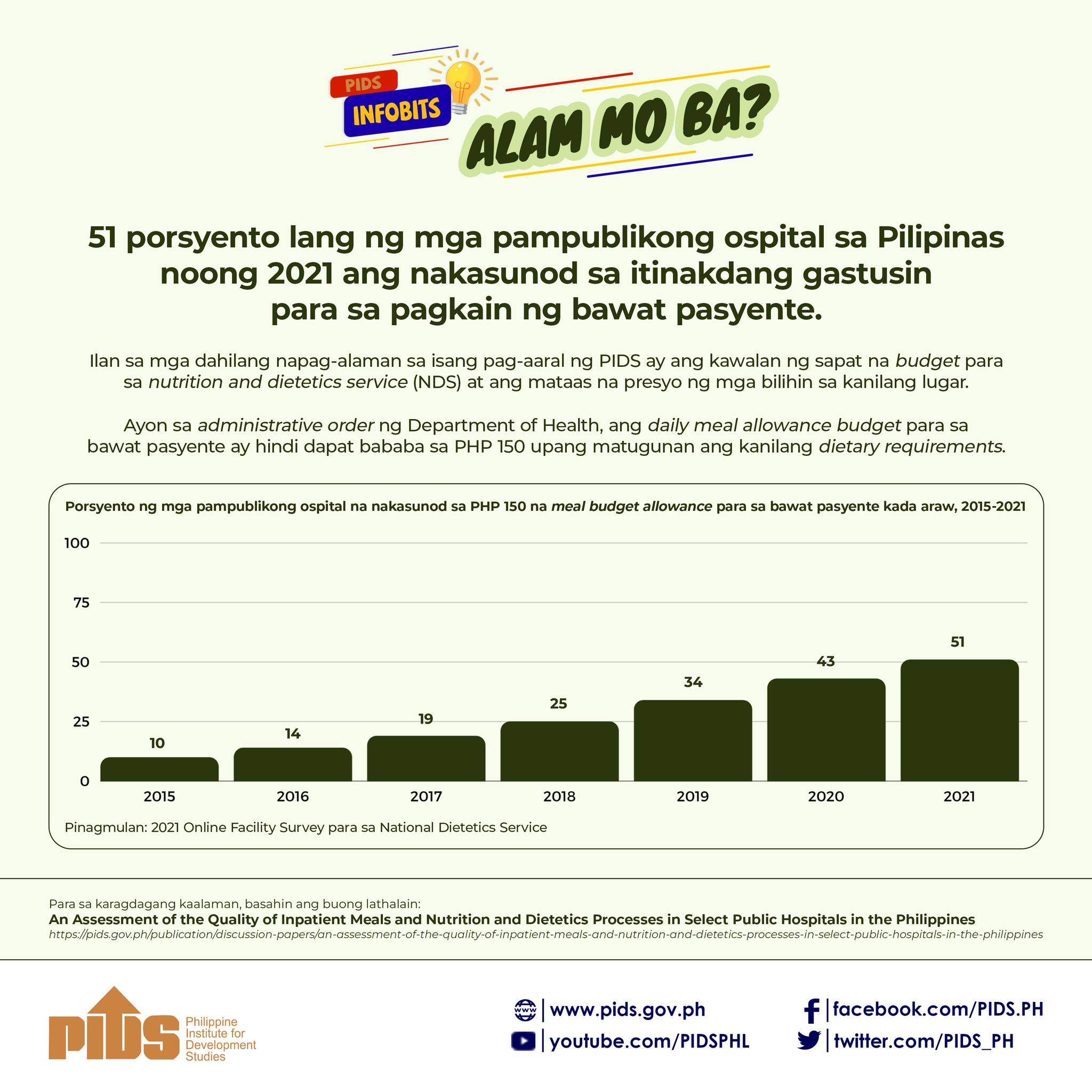Metro Manila (CNN Philippines, April 21) — Experts from the University of the Philippines have raised the need to boost hospital capacity as they see a significant increase in COVID-19 cases once the Luzon-wide quarantine is lifted.
“We should prepare early for this expected surge of COVID-19 patients once the quarantine is lifted,” the UP COVID-19 Pandemic Response Team said in an April 20 report.
The experts theorized that in a scenario where the country has hit its peak, meaning a COVID-positive person can infect two others, the Philippines may not have enough hospital beds for critically ill patients, specifically in the provinces of Rizal, Cavite and Bulacan.
“We estimate that it is beyond the capacity of most provinces to handle the surge of the COVID-19 crisis in the Philippines at its peak,” the team noted in its report, ‘Estimating Local Healthcare Capacity to Deal with COVID-19 Case Surge: Analysis and Recommendations.’
Presidential Spokesperson Harry Roque said Metro Manila appears to be a "candidate" for sustained quarantine rules. Based on experts' opinion, this would buy time for hospitals to gear up for even more patients needing medical attention.
"Ang outbreak threshold po, 'yan ang mga lugar na posibleng dapat ipagpatuloy ang ECQ (enhanced community quarantine) [Those on the outbreak threshold are the places where we will possibly keep the ECQ]," Roque said in a virtual press briefing on Tuesday. He noted that there are various recommendations to allow a modified or partial lifting of the lockdown depending on the number of cases in a specific area, but will depend on whether clustering will be assessed per province, town, or barangay.
The fate of the Luzon lockdown and its April 30 expiry depends on President Rodrigo Duterte, who also consulted the UP team as well as medical experts on Monday.
The "biggest bulk of severe and critical patients" would come from Metro Manila, Central Luzon, Calabarzon, Western Visayas, and Central Visayas, with Rizal, Cavite and Bulacan having more than 90-percent probability of outbreak, according to the report.
The group said there are only a little over 2,000 beds in 450 intensive care units or ICUs across the country.
The Department of Health said as of April 17, there are a total of 8,714 beds for COVID-19 patients in hospitals, both public and private, as well as recently converted quarantine centers.
The team’s simulations show that 51,933 Filipinos will require hospitalization, roughly 13,194 of whom will need critical medical care. The simulations were based on the assumption that the reproductive rate is 2.
As of April 19, an individual can transmit the viral disease to one person, according to the UP team’s disease transmission model.
35,000 more beds
The UP group also pointed out that “approximately 35,000 additional beds are required to accommodate the peak number of cases in a scenario wherein the reproductive number is 2.”
Aside from lack of hospital beds, the UP team has also identified 25 provinces and two cities in Metro Manila, namely, Malabon and Navotas, which do not have level 2 or 3 hospitals. DOH earlier said level 2 or 3 hospitals could treat COVID-19 patients.
“Thus, it is imperative to capacitate Level 1 hospitals in these areas to address the situation,” the UP team said.
The Department of Health has not yet replied to requests for comment on the matter.
Earlier, the UP team estimated the cases to peak at 140,000 to 550,000 by end of April to June in Metro Manila, without interventions.
As of April 20, the Philippines has 6,459 infections, with 613 survivors and 428 deaths.
The slow spread could be attributed to the stay-at-home rule, which started on March 17, the group stressed.
In a separate study released on April 14, the Philippine Institute for Development Studies said COVID-19 infections would have hit 18.9 million by August, with deaths at 1.66 million, if the country had not taken necessary measures.
The current scenario of extending the quarantine until April 30 buys the country more time, delaying the peak to September and reducing cases to 8.44 million and deaths to 1.02 million.
However, infections may go down to 900,000 if 70 percent of people who tested positive for COVID-19 are isolated, testing capacity and contact tracing efforts are improved, and physical distancing rules are followed, PIDS researchers said.
The country is eyeing to process 8,000 to 10,000 tests a day to determine how widespread the deadly virus is. Currently, there are 17 laboratories that are capable of performing around 4,000 COVID-19 tests, according to Health Undersecretary Maria Vergeire.
She said the capability has decreased after Research Institute for Tropical Medicine in Muntinlupa City was forced to scale down its operations on April 18 after at least 40 of its employees contracted the coronavirus disease. It is set to return to its normal operations by Saturday, she added.
The government is also augmenting its health facilities to address the expected surge, President Rodrigo Duterte said in his third report on the government’s response to the crisis.
Under the Bayanihan to Heal as One law, which was passed on March 25, Duterte should deliver a weekly report to Congress every Monday, where he would detail what the government has done in the past week.
“We should prepare early for this expected surge of COVID-19 patients once the quarantine is lifted,” the UP COVID-19 Pandemic Response Team said in an April 20 report.
The experts theorized that in a scenario where the country has hit its peak, meaning a COVID-positive person can infect two others, the Philippines may not have enough hospital beds for critically ill patients, specifically in the provinces of Rizal, Cavite and Bulacan.
“We estimate that it is beyond the capacity of most provinces to handle the surge of the COVID-19 crisis in the Philippines at its peak,” the team noted in its report, ‘Estimating Local Healthcare Capacity to Deal with COVID-19 Case Surge: Analysis and Recommendations.’
Presidential Spokesperson Harry Roque said Metro Manila appears to be a "candidate" for sustained quarantine rules. Based on experts' opinion, this would buy time for hospitals to gear up for even more patients needing medical attention.
"Ang outbreak threshold po, 'yan ang mga lugar na posibleng dapat ipagpatuloy ang ECQ (enhanced community quarantine) [Those on the outbreak threshold are the places where we will possibly keep the ECQ]," Roque said in a virtual press briefing on Tuesday. He noted that there are various recommendations to allow a modified or partial lifting of the lockdown depending on the number of cases in a specific area, but will depend on whether clustering will be assessed per province, town, or barangay.
The fate of the Luzon lockdown and its April 30 expiry depends on President Rodrigo Duterte, who also consulted the UP team as well as medical experts on Monday.
The "biggest bulk of severe and critical patients" would come from Metro Manila, Central Luzon, Calabarzon, Western Visayas, and Central Visayas, with Rizal, Cavite and Bulacan having more than 90-percent probability of outbreak, according to the report.
The group said there are only a little over 2,000 beds in 450 intensive care units or ICUs across the country.
The Department of Health said as of April 17, there are a total of 8,714 beds for COVID-19 patients in hospitals, both public and private, as well as recently converted quarantine centers.
The team’s simulations show that 51,933 Filipinos will require hospitalization, roughly 13,194 of whom will need critical medical care. The simulations were based on the assumption that the reproductive rate is 2.
As of April 19, an individual can transmit the viral disease to one person, according to the UP team’s disease transmission model.
35,000 more beds
The UP group also pointed out that “approximately 35,000 additional beds are required to accommodate the peak number of cases in a scenario wherein the reproductive number is 2.”
Aside from lack of hospital beds, the UP team has also identified 25 provinces and two cities in Metro Manila, namely, Malabon and Navotas, which do not have level 2 or 3 hospitals. DOH earlier said level 2 or 3 hospitals could treat COVID-19 patients.
“Thus, it is imperative to capacitate Level 1 hospitals in these areas to address the situation,” the UP team said.
The Department of Health has not yet replied to requests for comment on the matter.
Earlier, the UP team estimated the cases to peak at 140,000 to 550,000 by end of April to June in Metro Manila, without interventions.
As of April 20, the Philippines has 6,459 infections, with 613 survivors and 428 deaths.
The slow spread could be attributed to the stay-at-home rule, which started on March 17, the group stressed.
In a separate study released on April 14, the Philippine Institute for Development Studies said COVID-19 infections would have hit 18.9 million by August, with deaths at 1.66 million, if the country had not taken necessary measures.
The current scenario of extending the quarantine until April 30 buys the country more time, delaying the peak to September and reducing cases to 8.44 million and deaths to 1.02 million.
However, infections may go down to 900,000 if 70 percent of people who tested positive for COVID-19 are isolated, testing capacity and contact tracing efforts are improved, and physical distancing rules are followed, PIDS researchers said.
The country is eyeing to process 8,000 to 10,000 tests a day to determine how widespread the deadly virus is. Currently, there are 17 laboratories that are capable of performing around 4,000 COVID-19 tests, according to Health Undersecretary Maria Vergeire.
She said the capability has decreased after Research Institute for Tropical Medicine in Muntinlupa City was forced to scale down its operations on April 18 after at least 40 of its employees contracted the coronavirus disease. It is set to return to its normal operations by Saturday, she added.
The government is also augmenting its health facilities to address the expected surge, President Rodrigo Duterte said in his third report on the government’s response to the crisis.
Under the Bayanihan to Heal as One law, which was passed on March 25, Duterte should deliver a weekly report to Congress every Monday, where he would detail what the government has done in the past week.










